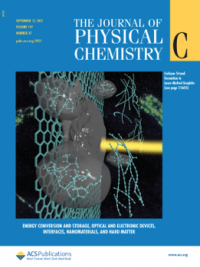Discusses the formation of carbyne fiber bundles over a nanosecond time scale in laser pulse melting studies.
Journal Covers
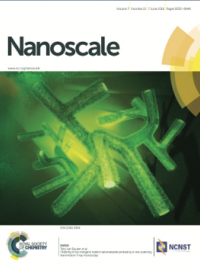
Research team uses scanning transmission X-ray microscopy to probe bond orientation and bilayer thickness as a function of position with a spatial resolution of ∼30 nm for Δ9-cis 1,2-dioleoyl-sn-glycero-3-phosphocholine layers prepared Si nanowires.
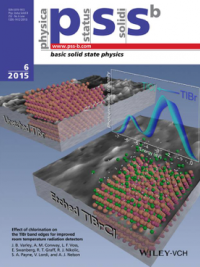
Researchers investigate the influence of several HCl chemical treatments on device‐grade TlBr and describe the changes in the composition and electronic structure of the surface.
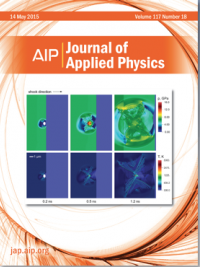
A numerical model is developed to study the shock wave ignition of octahydro-1,3,5,7-tetranitro-1,3,5,7-tetrazocine (HMX) crystal.
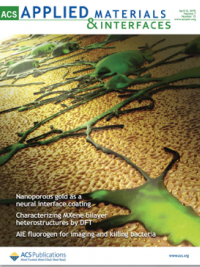
In the present in vitro study on np-Au’s interaction with cortical neuron–glia co-cultures, researchers demonstrate that the nanostructure of np-Au achieves close physical coupling of neurons by maintaining a high neuron-to-astrocyte surface coverage ratio.
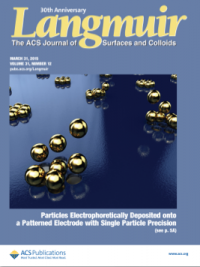
Programmable positioning of 2 μm polystyrene (PS) beads with single particle precision and location selective, “on-demand,” particle deposition was demonstrated by utilizing patterned electrodes and electrophoretic deposition (EPD).
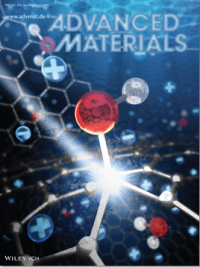
Profound bias‐ and time‐dependent changes in the electronic structure of graphene‐based supercapacitor electrodes are demonstrated under operating conditions via a combination of in operando X‐ray spectroscopy and ab initio modeling.
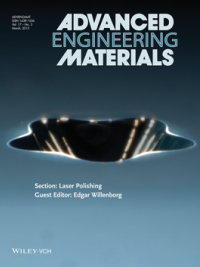
The authors present both simulation and experimental results to examine the use of IR laser light to polish, anneal, and micro‐shape fused silica surfaces used in high power laser systems.
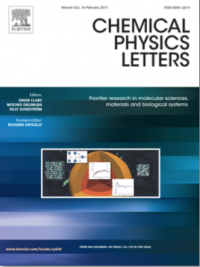
Reports on the development of many-body density functional tight binding (DFTB) models for carbon, which include either explicit or implicit calculation of multi-center terms in the Hamiltonian.
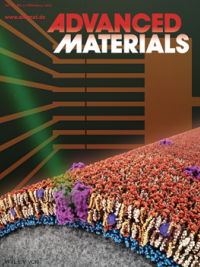
Light‐activated bioelectronic silicon nanowire transistor devices are made by fusing proteoliposomes containing a bacteriorhodopsin (bR) proton pump onto the nanowire surface.


